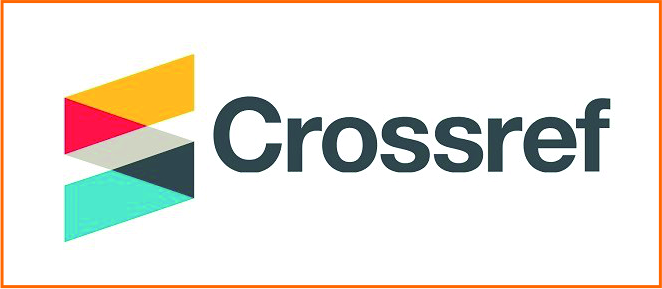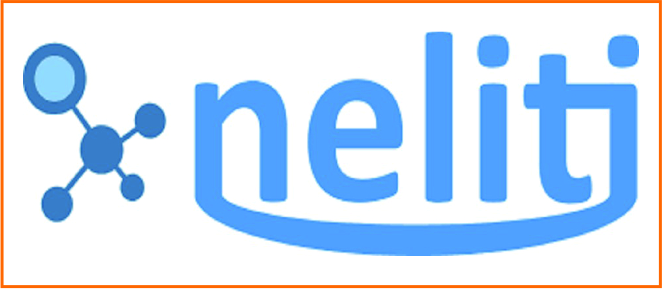Optimasi Kecepatan Potong Dan Kedalaman Pemakanan Terhadap Kekasaran Permukaan Baja St 40 Pada Proses Bubut CNC Menggunakan Response Surface Methodology
DOI:
https://doi.org/10.33504/manutech.v15i02.276Keywords:
surface roughness, st 40 steel, response surface methodeAbstract
Optimal surface roughness results are the desired goal in the machining process on a CNC machine, the appropriate machining process variables must be adjusted in order to obtain an optimal workpiece surface roughness response. The research that has been carried out aims to determine the effect of variables on the surface roughness of the St 40 steel machining process in CNC machining and the optimal setting of the CNC machining process variable on the response value of the St 40 steel surface roughness. The machining process variables that are varied are cutting speed and depth of infeed. The optimization method used is the Response Surface Method. The experimental design was determined based on a 2-factor CCD. Experiments were carried out according to the experimental design of variable cutting speed with levels of 200 m/minute, 230 m/minute, and 260 m/minute and variable depth of ingestion with levels of 0.6 mm, 0.8 mm, and 1 mm to determine the optimal variable level. on the surface roughness of St 40 steel. The results showed that the influence of the variable cutting speed and depth of infeed did not significantly affect the surface roughness of St 40 steel and at the variable level optimization setting the minimum optimal value was obtained, namely at the cutting speed at 19.92 m/ minute and the depth of ingestion is at 5.58 mm and the resulting surface roughness value is smaller than 1,00 µm.
Downloads
References
. Nugraha, D. A., Qoryah, R. D. H., & Darsin, M. (2020). Pengaruh Metode Minimum Quantity Lubrication (MQL) Terhadap Nilai Kekasaran Permukaan. Rekayasa, 13(2), 125–129. https://doi.org/10.21107/rekayasa.v13i2.6259
. Nugroho, T. U., Saputro, H., & Estriyanto, Y. (2012). Pengaruh Kecepatan Pemakanan Dan Waktu Pemberian Pendingin Terhadap Tingkat Keausan Cutter End Mill Hss Hasil Pemesinan Cnc Milling Pada Baja St 40. 1(1), 79–89.
. Siswanto, B., & Sunyoto. (2018). Bambang Dan Sunyoto. Pengaruh Kecepatan Dan Kedalaman Potong Pada Proses Pembubutan Konvensional Terhadap Kekasaran Permukaan Lubang, 3(2), 82–86. https://journal.uny.ac.id/index.php/dynamika/issue/view/1599
. Adrianto, R. (2011). Pengaruh Kecepatan Spindel, Kecepatan Pemakanan Dan Kedalaman Pemakanan Terhadap Tingkat Kekasaran Permukaan Benda Kerja Hasil Pemesinan Bubut Cnc Pada Baja St 40. Febriani Setyaningrum, 6.
Metinvest, Application of St 40 Steel, avaliable at: https://metinvestholding.com/en/products/steel-grades/40.
. Ariyanto, N. (2018). Optimasi Parameter Permesinan Pemrograman Cnc Milling Terhadap Waktu Proses Untuk Meningkatkan Efisiensi Di Pt. Mekar Armada Jaya
. Montgomery, D. C. (2001). Motgometry design-and-analysis-of-experiments-5th-edition.pdf (p. 679). http://books.google.com/books?hl=en&lr=&id=kMMJAm5bD34C&oi=fnd&pg=PA1&dq=Design+and+Analysis+of+Experiments&ots=KmiaRq3HxE&sig=GL0BRM1e2q39HIg35Ie9K8-5V1I
. Munadi, S. (2017). Pengukuran Kekasaran Permukaan. In Panduan Pengajar Buku Dasar-Dasar Metrologi Industri.
. Nugraha, D. A., Qoryah, R. D. H., & Darsin, M. (2020). Pengaruh Metode Minimum Quantity Lubrication (MQL) Terhadap Nilai Kekasaran Permukaan.Rekayasa,13(2),125–129. Https://Doi.Org/10.21107/Rekayasa.V13i2.6259
. Rozaq, M. M., & Iswanto, I. (2017). Analisa Pengaruh Gerak Makan Dan Putaran Spindel Terhadap Keausan Pahat Pada Proses Bubut Konvensional. R.E.M. (Rekayasa Energi Manufaktur) Jurnal, 2(1), 13.
Downloads
Published
How to Cite
Issue
Section
License
Copyright (c) 2023 Manutech : Jurnal Teknologi Manufaktur

This work is licensed under a Creative Commons Attribution-NonCommercial 4.0 International License.
















